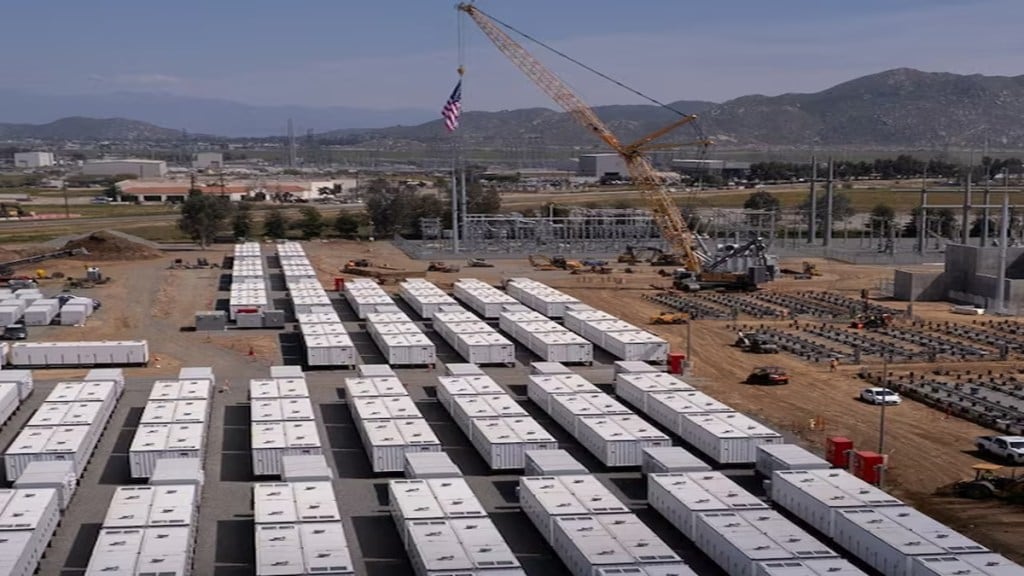The ministry of power on Tuesday approved Rs 5,400 crore in viability gap funding (VGF) to develop 30 gigawatt hour (GWh) of battery energy storage system.
“This will help in meeting the country’s BESS (battery energy storage system) requirement by 2028 and attract an investment of about Rs 33,000 crore,” power minister Manohar Lal Khattar said, adding the tender for the projects will be issued in the next three months.
The proposed 30GWh will be in addition to the 13.2 GWh being developed under the first tranche of the VGF scheme. The move aims to strengthen round-the-clock availability of renewable energy in the country.
So far, storage projects with a cumulative capacity of about 5.4 GW have been awarded taking the pump storage projects under implementation to 10 GW (eight projects). Additionally, two projects with total capacity of 2.5 GW are under bidding.
The government has also extended the waiver of inter-state transmission charges for storage projects until June 30, 2028. “Pumped storage projects awarded and battery energy storage systems commissioned before this date will be eligible for this,” the minister said at a press conference to highlight the ministry’s various initiatives in the 11 years of the Narendra Modi government. “This extension will support the development of storage needed to meet the country’s requirements.”
In order to improve the transmission infrastructure, the government has rolled out the ultra high voltage alternating current transmission system and has identified nine lines of 1100 kV for development by 2034. “Testing facilities for these lines and equipment are being developed by Central Power Research Institute,” it said.
It also increased the compensation paid to landowners for laying transmission lines. The compensation for tower area has been increased from 85% to 200% of land value and for RoW (Right of Way) corridor from 15% to 30% of land value. Compensation has been linked to the market value of land.
The country will also spend around Rs 90,000 crore to set up undersea power transmission lines for transfer of electricity to Saudi Arabia and the UAE. “We have already signed joint venture agreements with Saudi Arabia and UAE for these projects. The power transmission link with Saudi Arabia will be set up at a cost of Rs 47,000 crore while the UAE project will involve spending Rs 43,000 crore,” Khattar said.
The two transmission projects, coming as a part of the government’s focus on boosting electricity exports, are expected to have a capacity of carrying 2 GW of electricity each.
The minister emphasised on the country’s ambitions of increasing its share of renewable energy in the generation mix and said the country will not set up new thermal power plants post 2035 and will try to develop massive nuclear power generation capacity to provide the baseload power for the grid.
“We are trying to reduce the timeframe that goes into finalising nuclear power plants from the existing 13 years to around 8-9 years going forward. We are trying to ensure that every state not covered in seismic zone 5 should have at least one nuclear power plant,” Khattar said.
The minister noted that there has been no shortage of electricity in the county in the past two months and the country is rather emerging as an energy surplus nation. In FY25, power deficit was 0.1%, as per official data.
The country’s peak power demand this summer touched 241 GW on June 9. The peak power demand stood at 250 GW in 2025. The government is expecting the power demand to touch the peak of 270 GW this year.
India added its highest-ever generation capacity of 34 GW during 2024-25, with renewable energy accounting for 29.5 GW. The country’s total installed capacity now stands at 472.5 GW, up from 249 GW in 2014.

